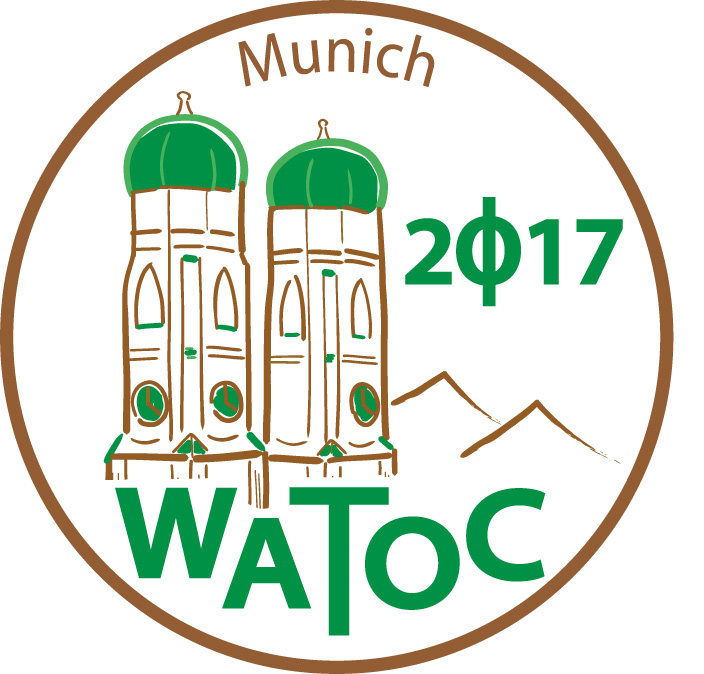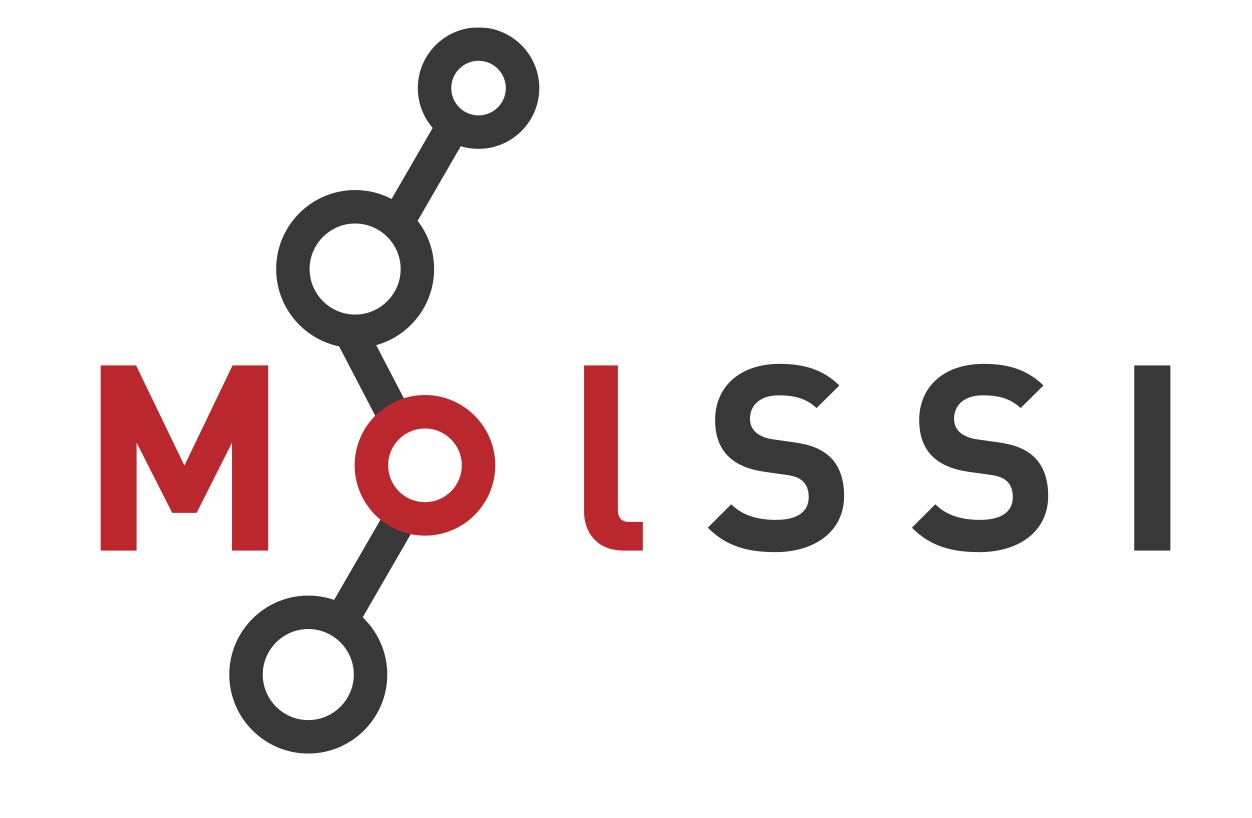Excited State Gradients for a State-Specific Continuum Solvation Approach: a Lagrangian TDDFT Formulation and Implementation of VEM
Ciro Achille Guido (Lab. CEISAM - UMR CNRS 6230, Université de Nantes, , 2 Rue de la Houssinière, 44322 Nantes Cedex 3, France and Lab. MOLTECH - UMR CNRS 6200, Université de Angers, 2 Bd Lavoisier 49045 Angers Cedex, France.) Giovanni Scalmani (Gaussian, Inc., 340 Quinnipiac Street, Building 40, Wallingford, Connecticut, 06492, USA.)
Benedetta Mennucci (Dipartimento di Chimica e Chimica Industriale, Università di Pisa, Via Moruzzi 13, 56124 Pisa, Italy.)
Denis Jacquemin (Laboratoire CEISAM - UMR CNRS 6230, Université de Nantes, 2 Rue de la Houssinière, 44322 Nantes Cedex 3, France and Institut Universitaire de France, 103, bd Saint-Michel, F-75005 Paris Cedex 05, France.)
The accurate modeling of the environment response is a fundamental challenge
for accurately describing the photophysics and photochemistry of molecules both
in solution and in more complex embedding. [1] When large rearrangements of
the electron density occur after an electronic transition, state-specific
formulations [2], such as the Vertical Excitation Model [3], are necessary to
achieve a proper modeling of the processes. Such a state-specific model is
fundamental not only to obtain accurate energies, but also to follow the
geometrical relaxation accompanying the evolution of the excited-states. [4]
This study presents the analytical expression and implementation of the
gradients of the Vertical Excitation Model approach by a Lagrangian
formulation in the TD-DFT framework. [5] Representative organic chromophores
in solution are used to test the reliability of the implementation and
provide comparisons with the linear response description.
References:
[1] B. Mennucci, S. Caprasecca, and C. A. Guido, in Advances in Physical Organic Chemistry, edited by I. H. Williams and N. H. Williams (Academic Press), Vol. 50, pp. 203-241 (2016); J. Tomasi, B. Mennucci, and R. Cammi, Chem. Rev. 105, 2999 (2005).
[2] S. Corni, R. Cammi, B. Mennucci, and J. Tomasi, J. Chem. Phys. 123, 134512 (2005); R. Cammi, S. Corni, B. Mennucci, and J. Tomasi, J. Chem. Phys. 122, 104513 (2005).
[3] A. V. Marenich, C. J. Cramer, D. G. Truhlar, C. A. Guido, B. Mennucci, G. Scalmani, and M. J. Frisch, Chem. Sci. 2, 2143 (2011).
[4] C. A. Guido, D. Jacquemin, C. Adamo, and B. Mennucci, J. Chem. Theory Comput. 11, 5782 (2015).
[5] C. A. Guido, G. Scalmani, B. Mennucci, D. Jacquemin, J. Chem. Phys. 146, 204106 (2017).

